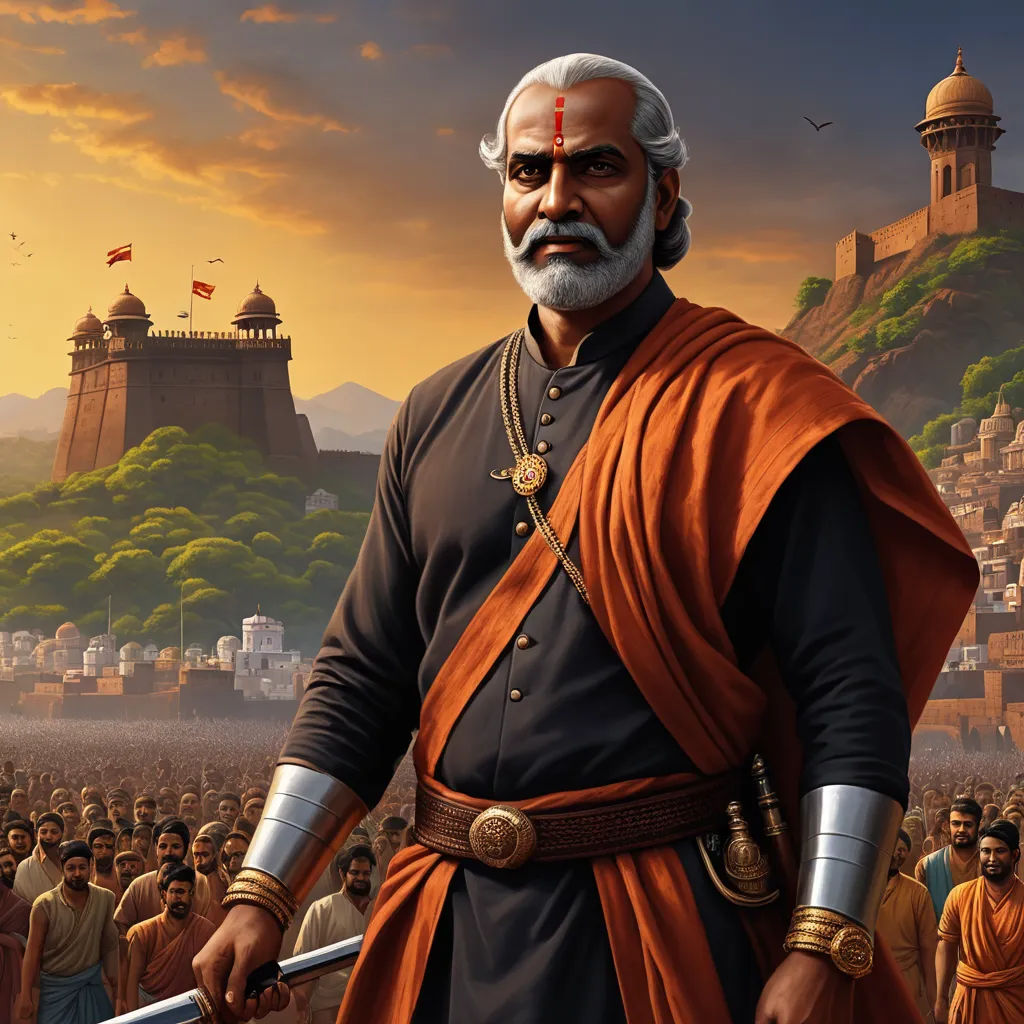
Shivaji: The Rise of the Maratha Empire
By anoop.patil008

01 Mar, 2024
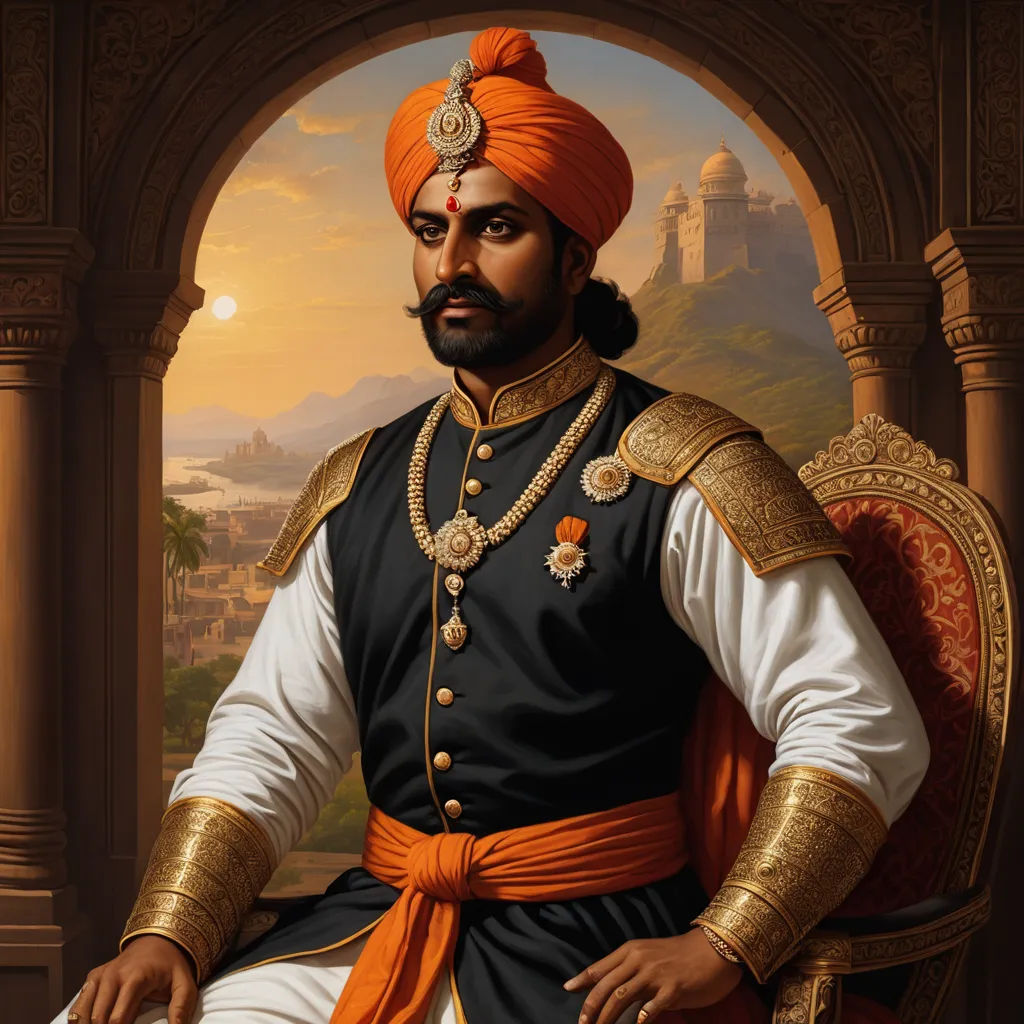
Born in the Shivneri Fort in 1630, Shivaji was destined for greatness. The son of Shahaji Bhosle, a Maratha general who served the Deccan Sultanates, he was raised in a politically charged environment.
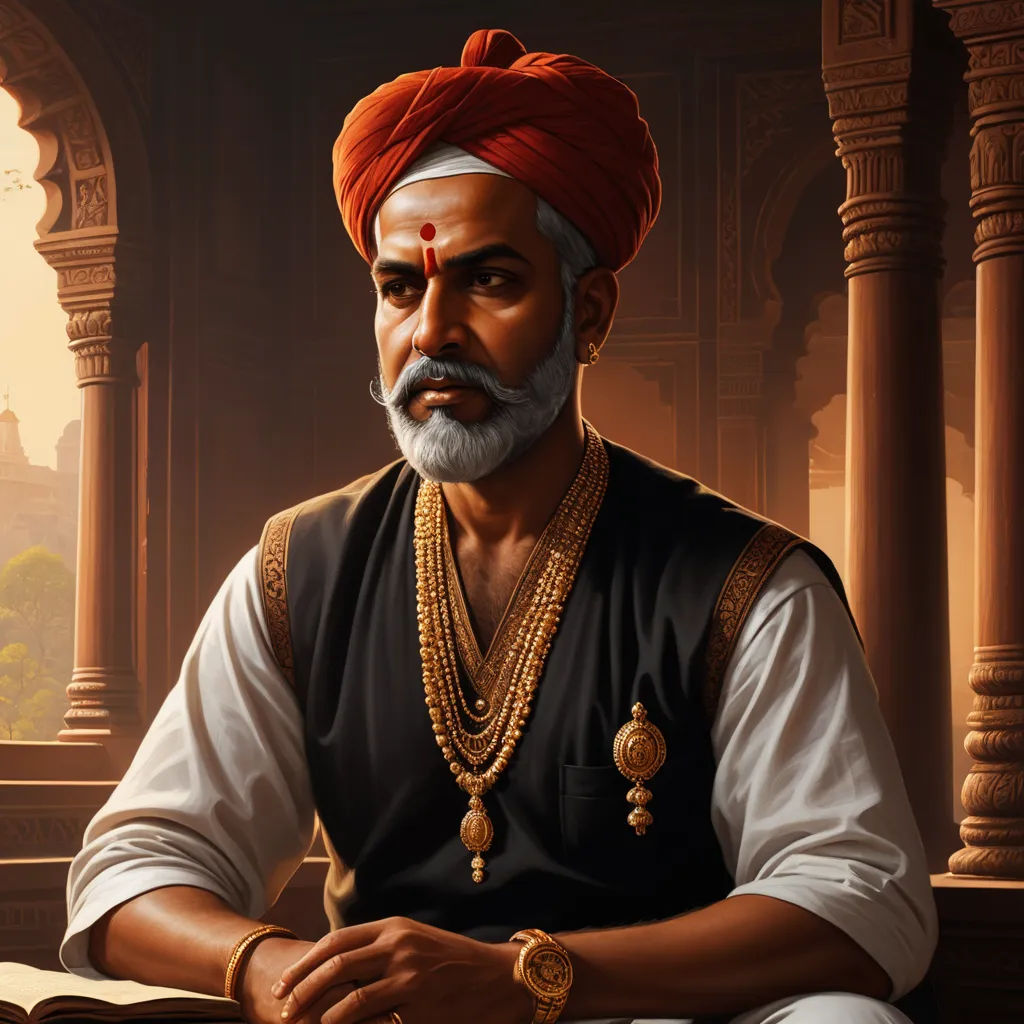
From a young age, Shivaji showed keen interest in the affairs of the state. He was tutored by Dadoji Konddeo, who instilled in him the values of courage, leadership, and wisdom.
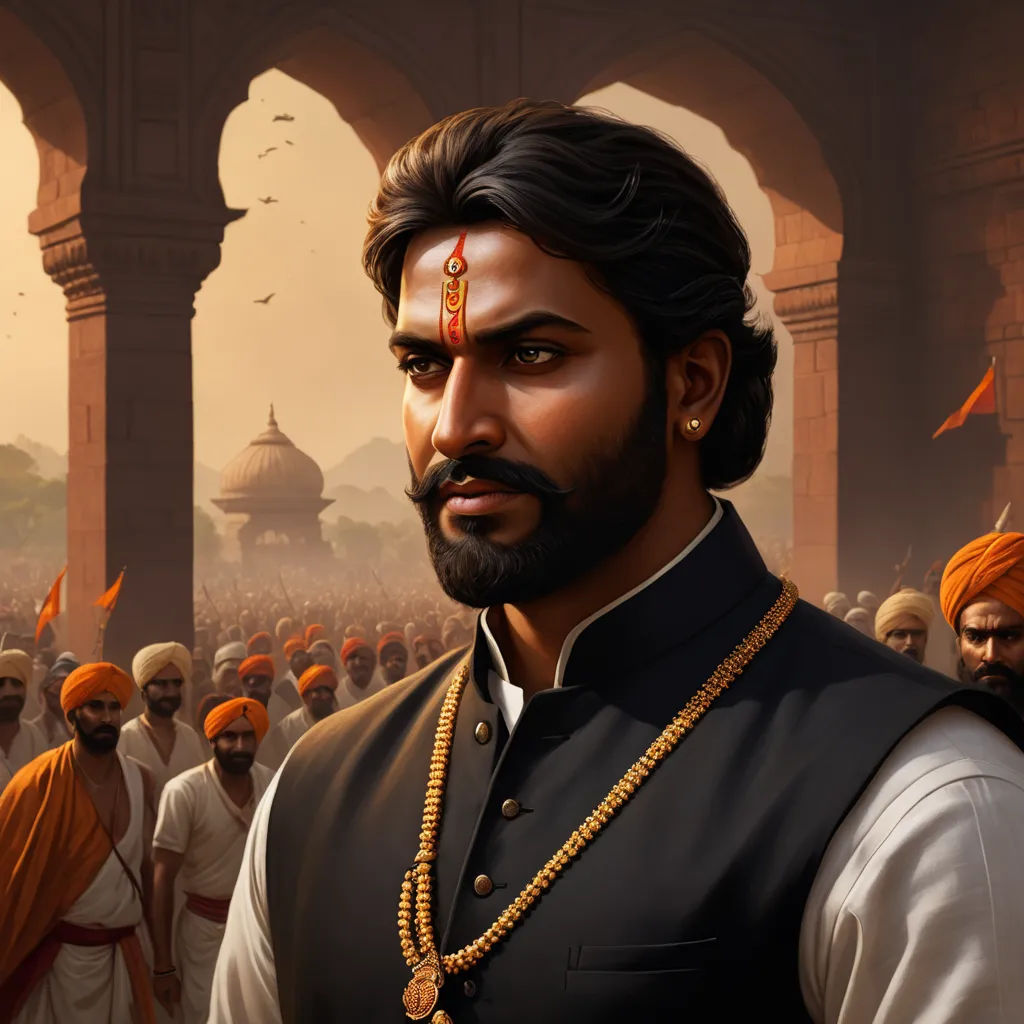
Shivaji's father, Shahaji, was often away on campaigns. Despite the absence of his father, Shivaji was not deterred. He had a vision of establishing a sovereign Maratha state.
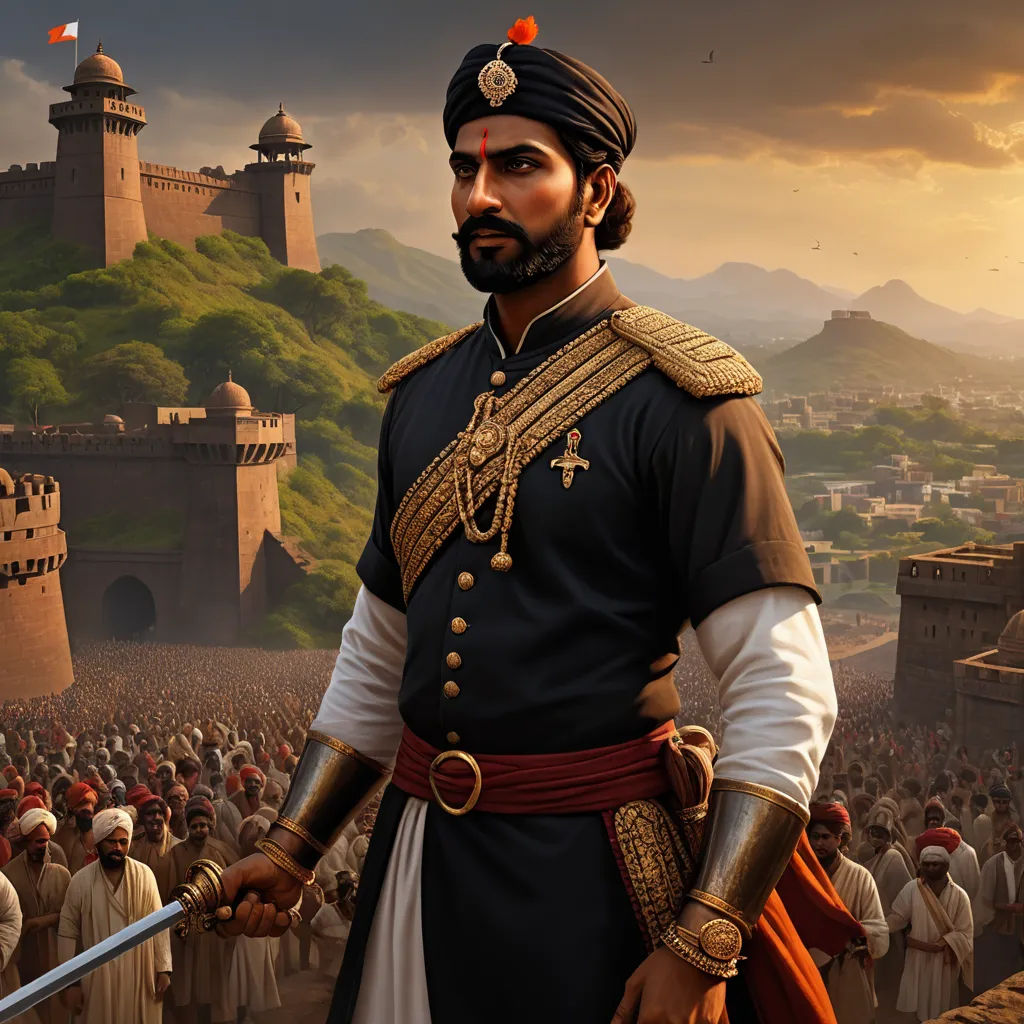
At the age of 16, Shivaji took control of the Torna Fort after convincing the Bijapuri commander with his diplomatic skills. This was his first step towards realizing his dream.

Following this, Shivaji carried out a series of successful campaigns, taking over more forts and territories. His reputation as a skilled and just ruler began to spread.
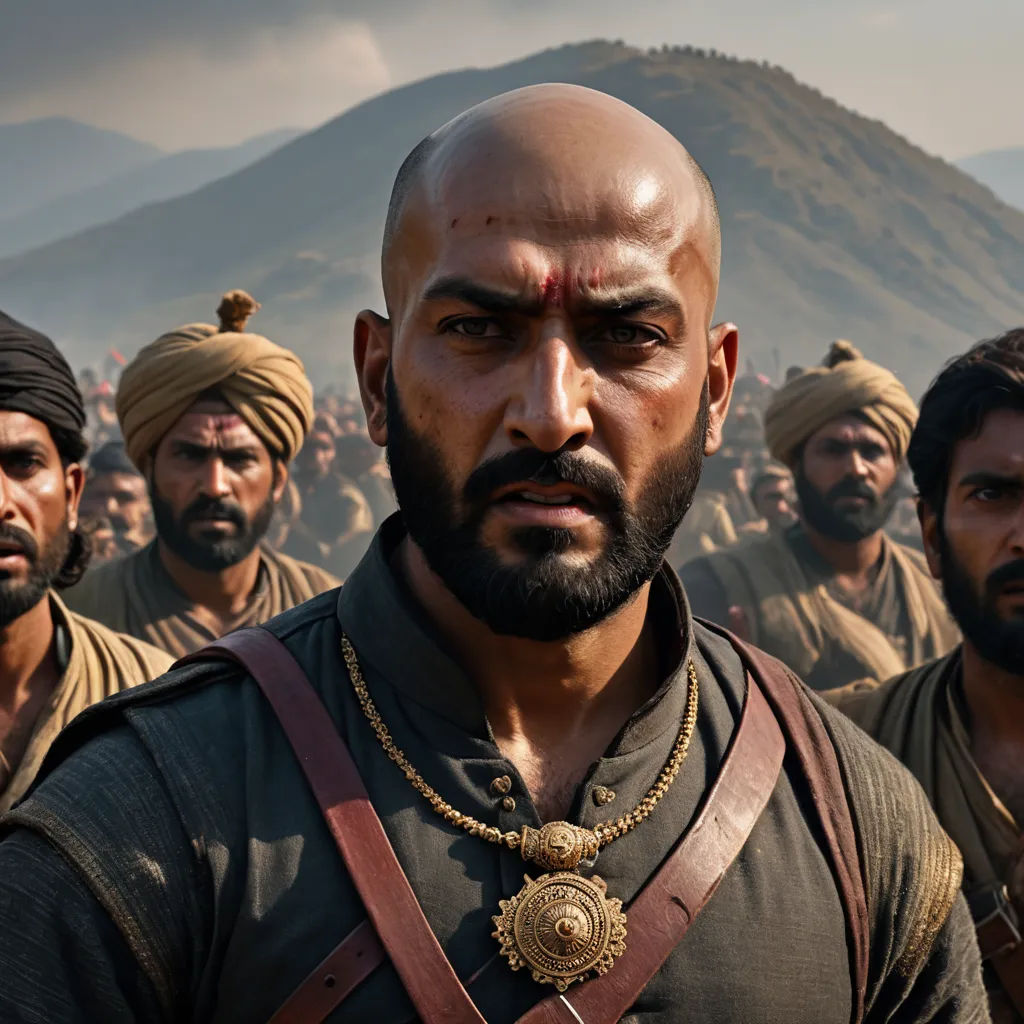
Shivaji's fame reached the Adilshahi Sultanate. Afzal Khan, a reputed general, was sent to curb Shivaji's growing influence. However, Shivaji tactfully defeated him in a face-to-face battle.

Shivaji then targeted the central power of the Sultanate. He launched an attack on Pune, which was under the control of the Sultanate, and successfully took over the city.
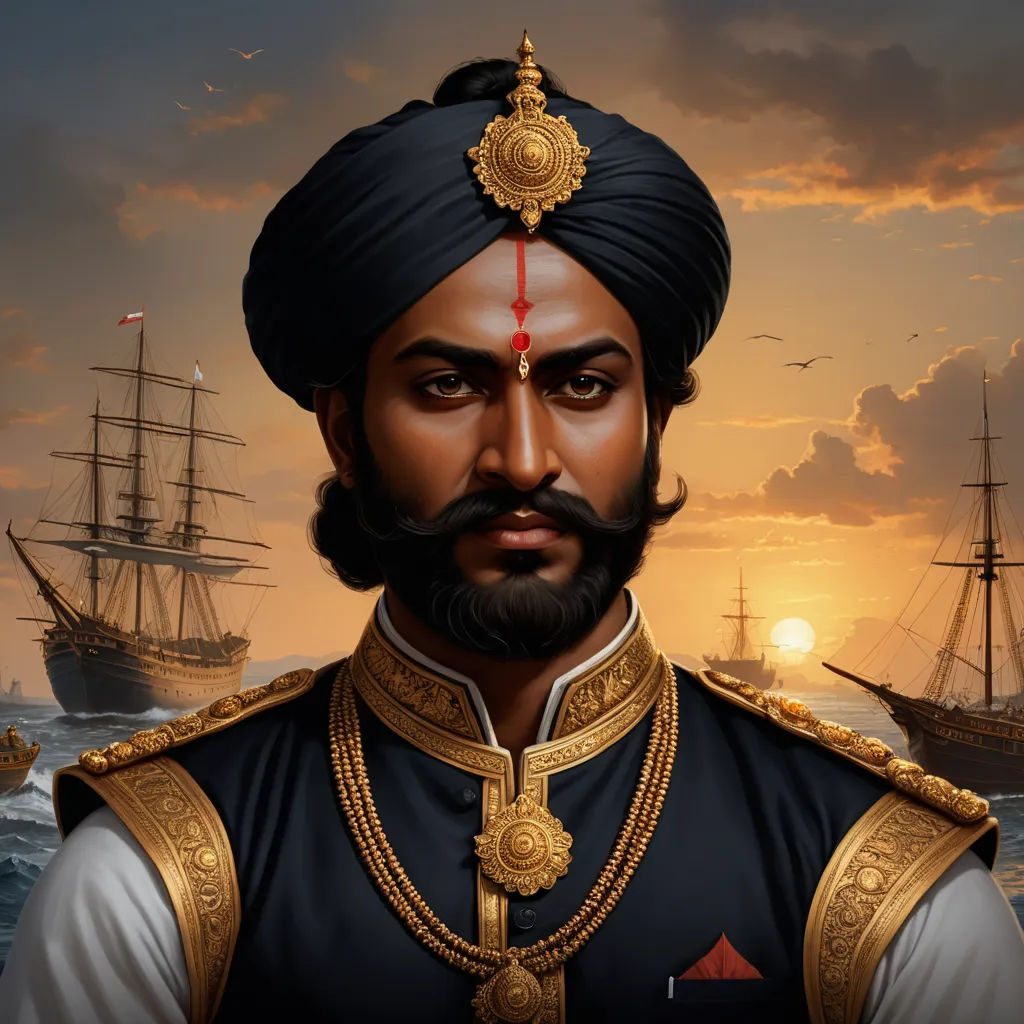
Not content with his achievements, Shivaji set his sights on the coastal regions. He understood the strategic importance of a naval force and began building a formidable navy.
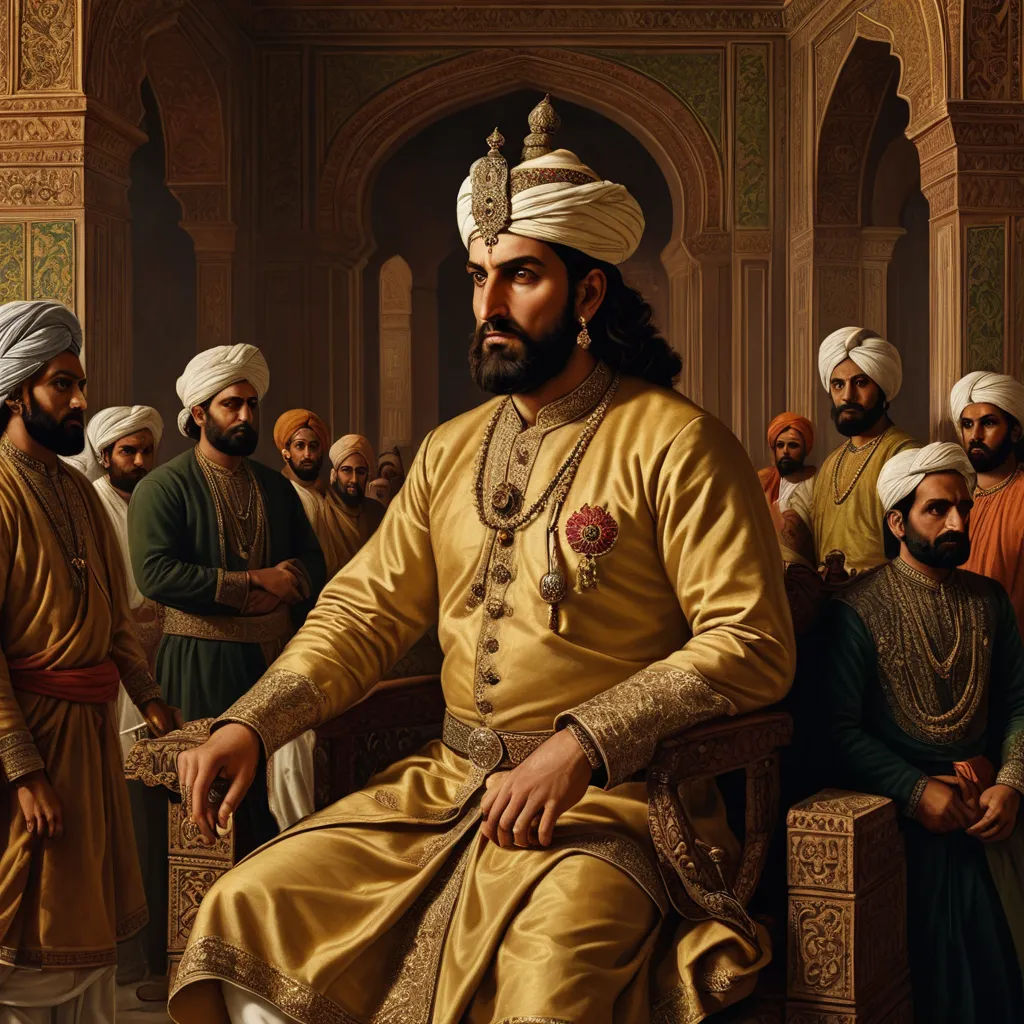
As Shivaji's power grew, so did the hostility of other kingdoms. The Mughal Empire, led by Emperor Aurangzeb, saw Shivaji's rise as a threat to their dominance.
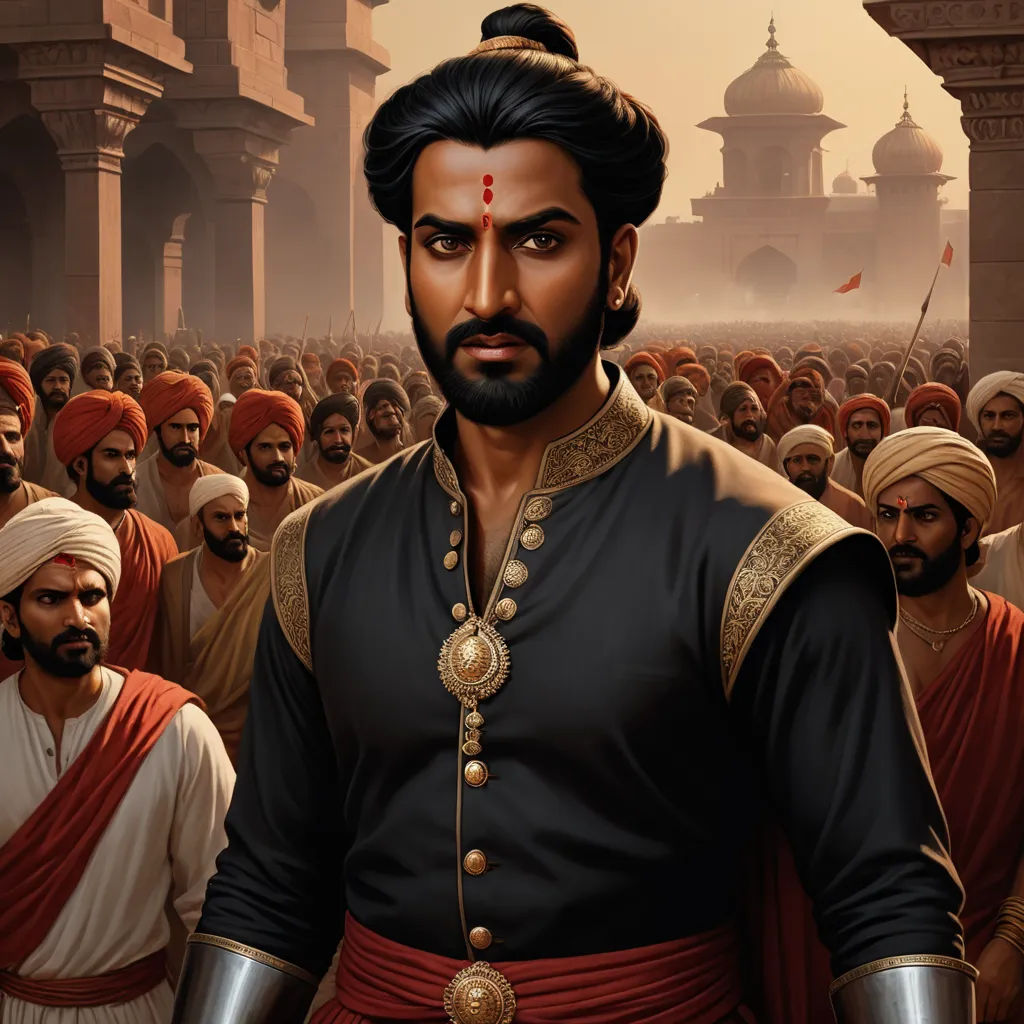
Eventually, Shivaji was captured by Aurangzeb's forces. But even in captivity, he did not lose hope. He planned a daring escape and managed to return to his kingdom.
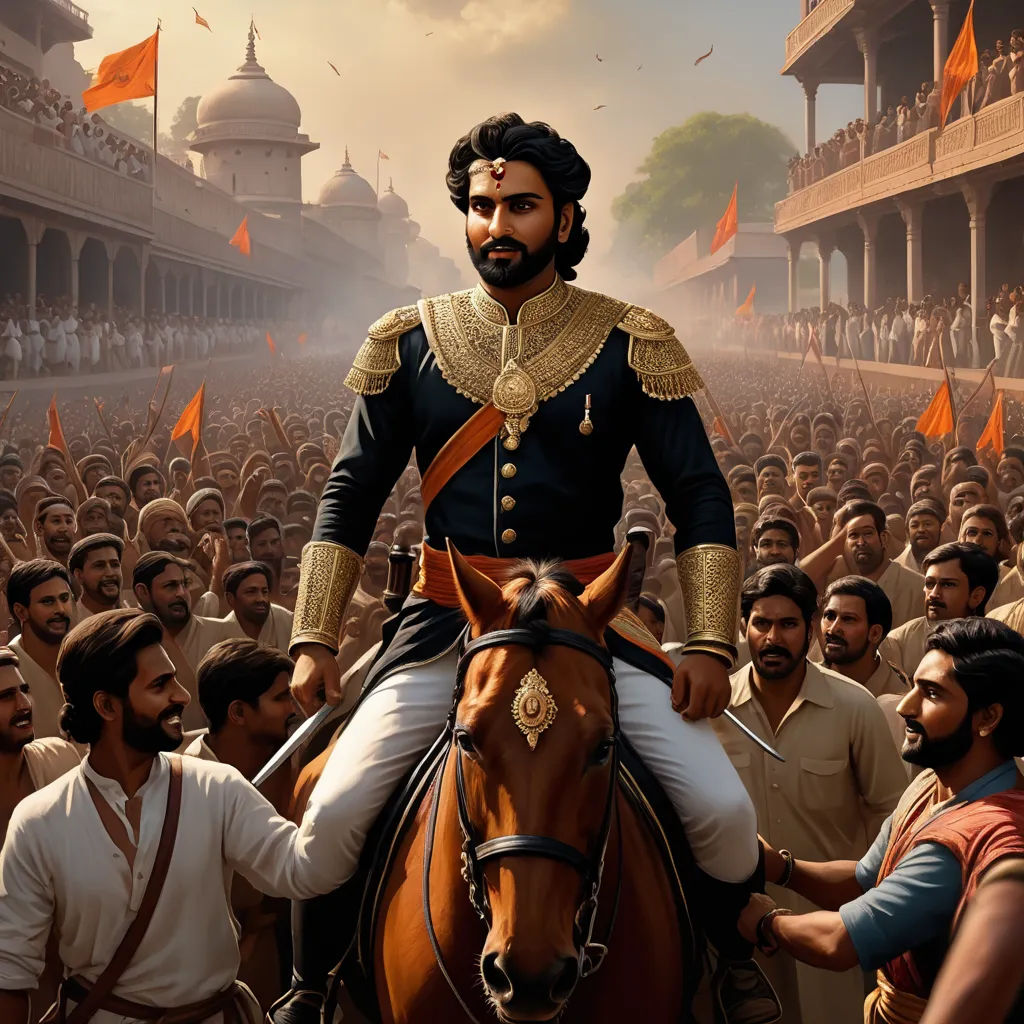
Upon his return, Shivaji was greeted with immense joy by his people. He resumed his efforts to strengthen his kingdom and soon reclaimed the territories he had lost during his captivity.
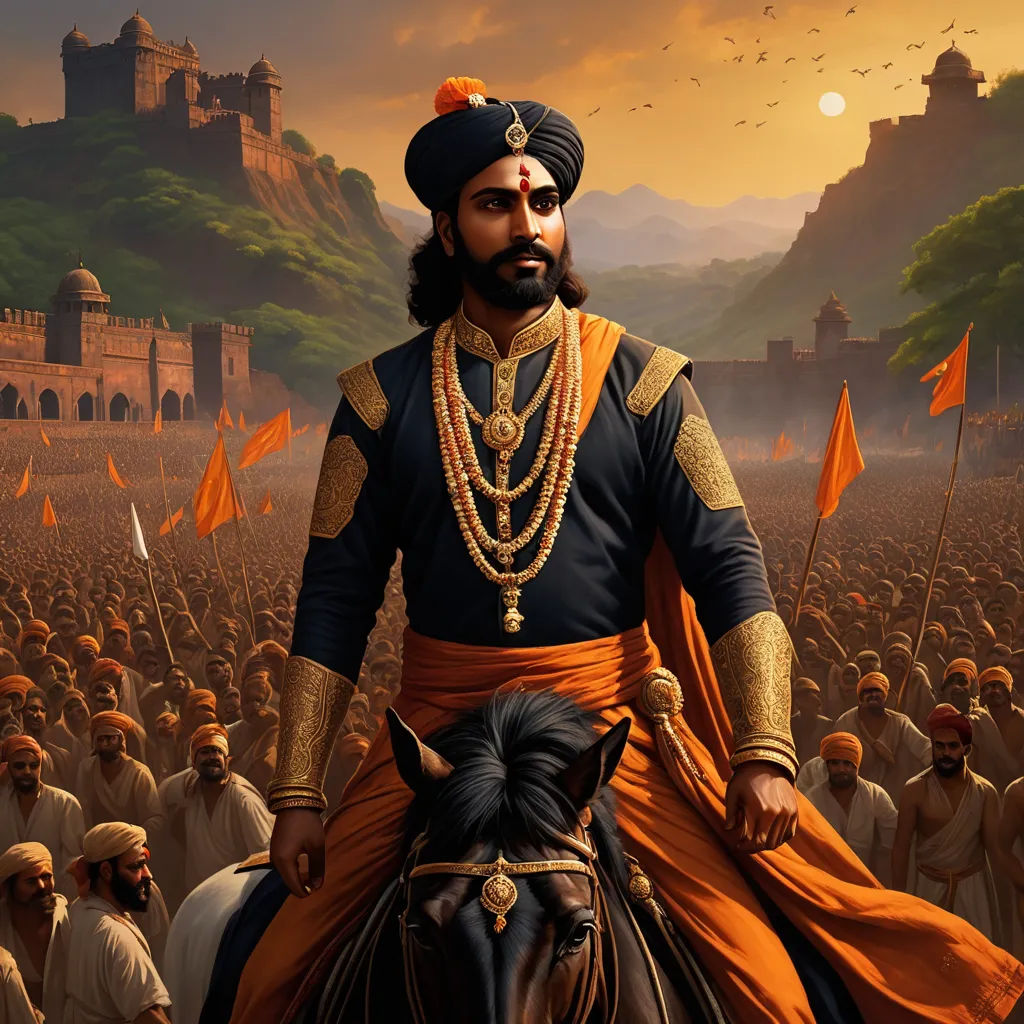
In 1674, Shivaji was formally crowned as the Chhatrapati of his realm at Raigad Fort. The coronation was a grand event, attended by thousands of his loyal subjects.

As a ruler, Shivaji implemented a fair and efficient administration. He was known for his progressive policies, respect for women, and tolerance towards all religions.
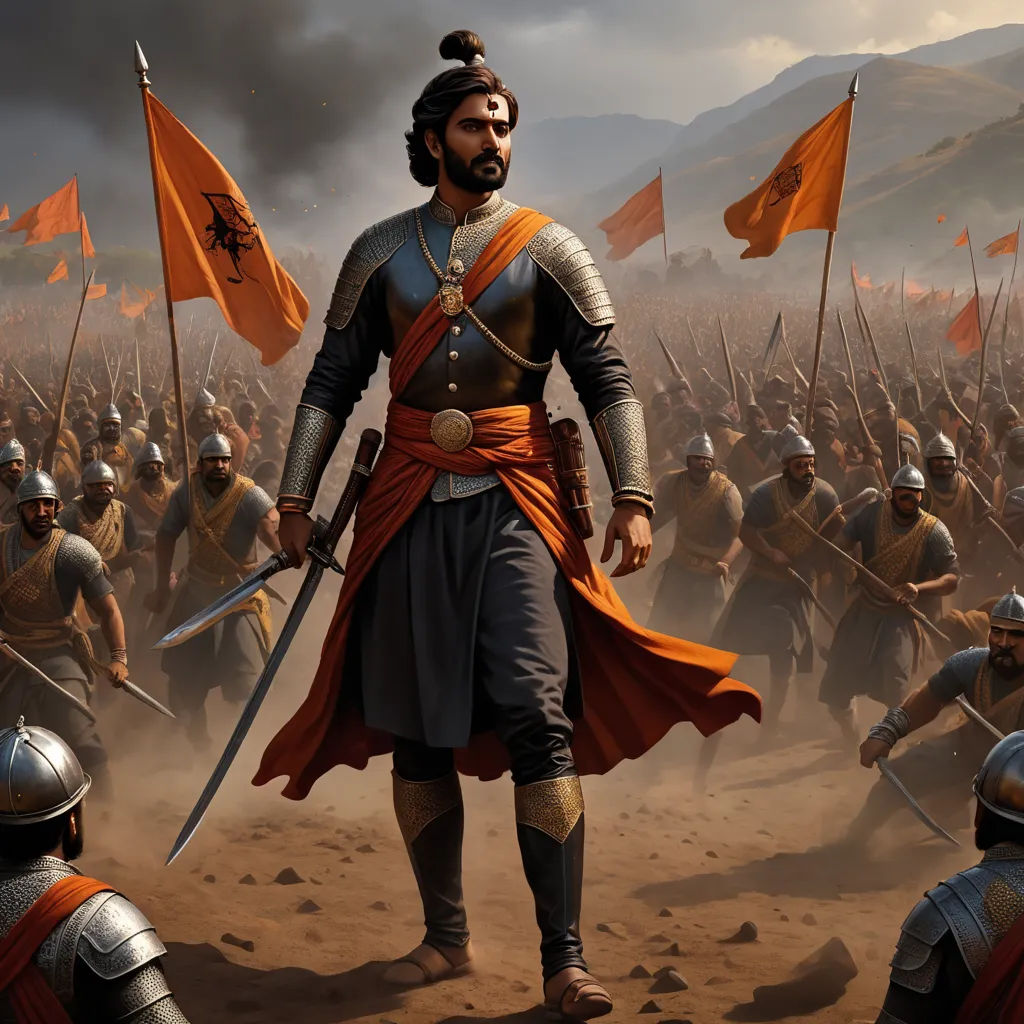
Shivaji's reign was marked by constant battles against the Mughals and other rivals. But his strategic acumen and bravery ensured that the Maratha Empire remained strong.
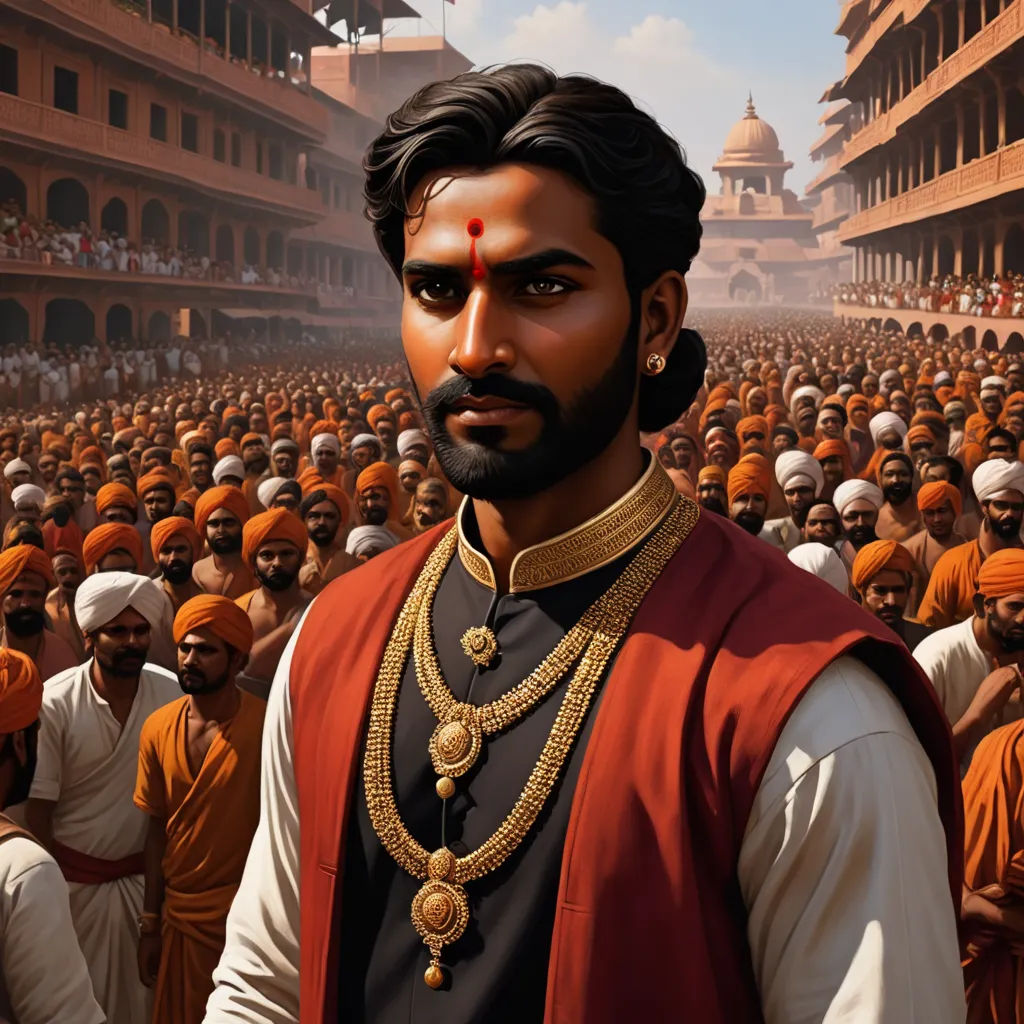
Despite the hardships, Shivaji never lost sight of his goal - a free and prosperous Maratha kingdom. He remained a beloved figure among his people, earning the title of "the People's King".
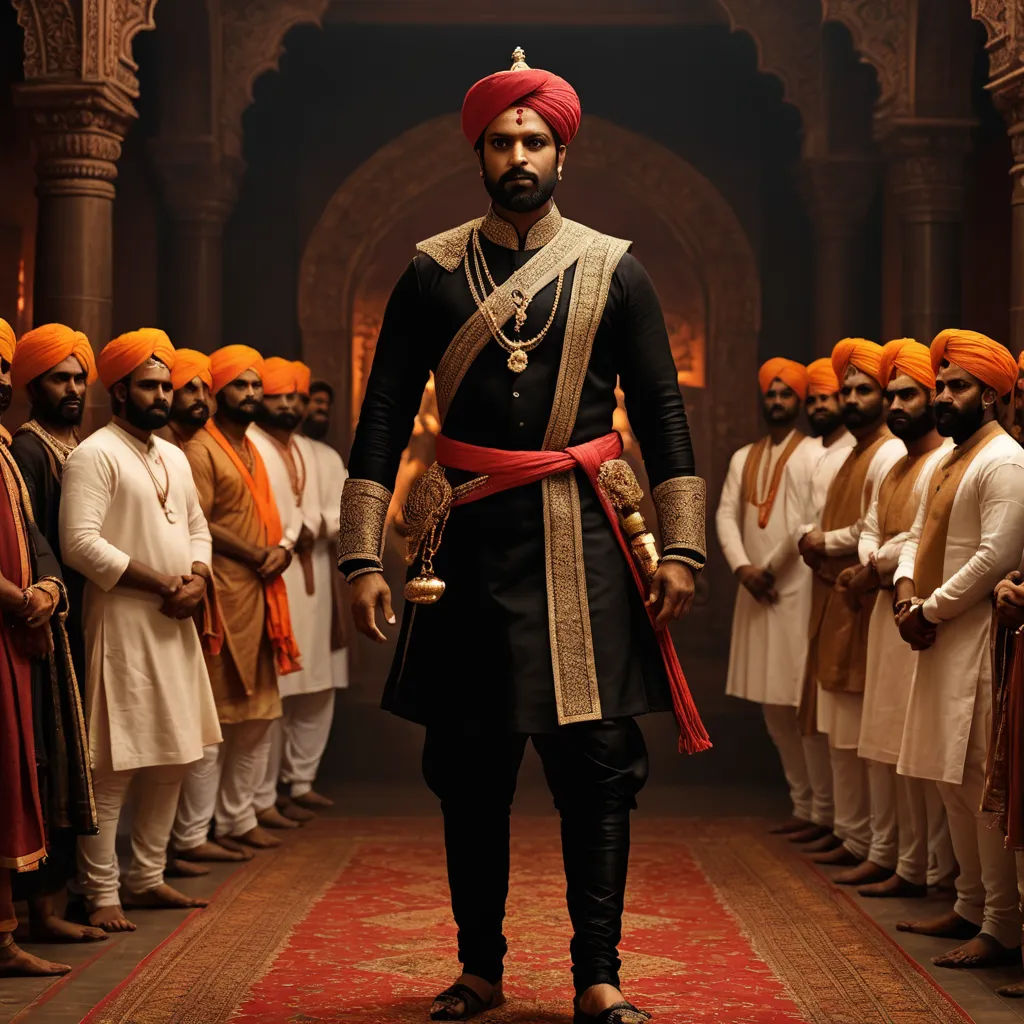
Shivaji's legacy continued after his death in 1680. His son, Sambhaji, took over the reins of the kingdom and carried forward his father's vision.
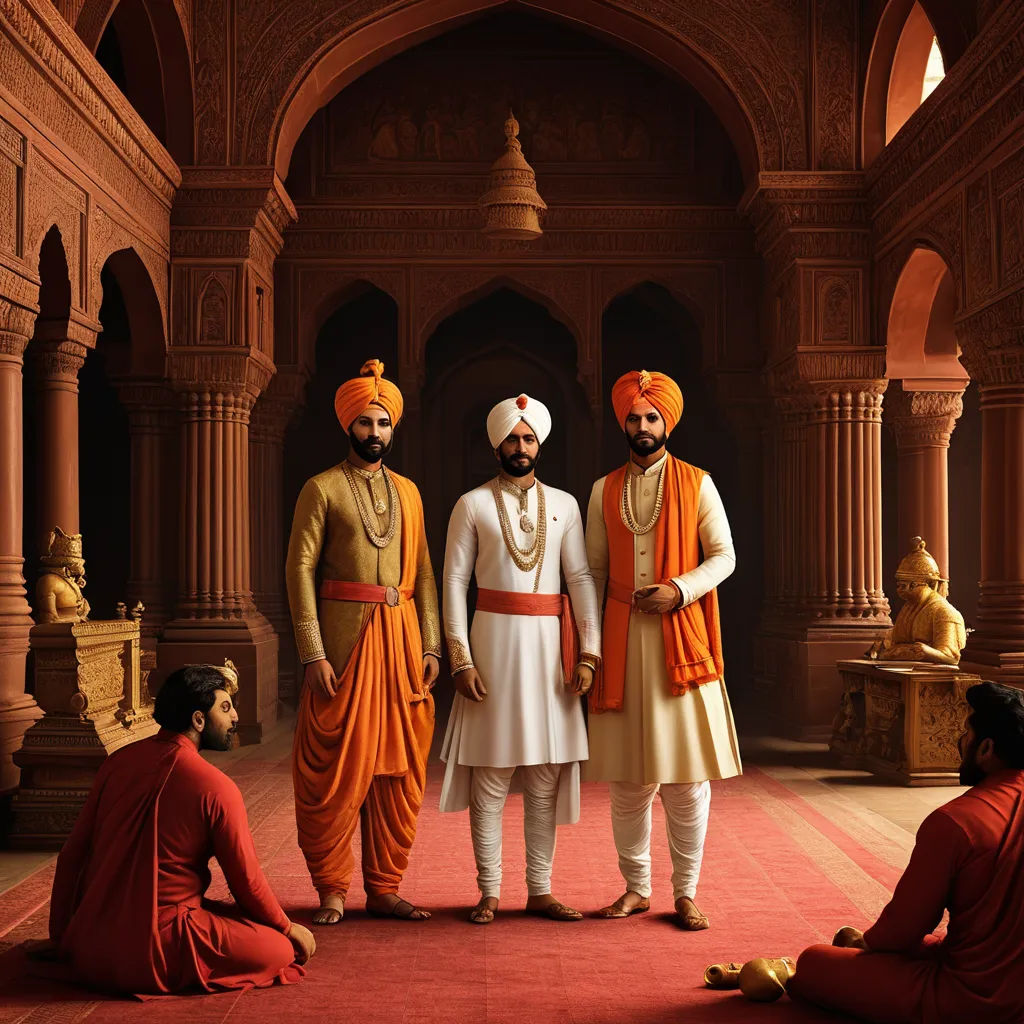
The Maratha Empire, founded by Shivaji, expanded under the leadership of the Peshwas. It became a major power in the Indian subcontinent, challenging the supremacy of the Mughal Empire.
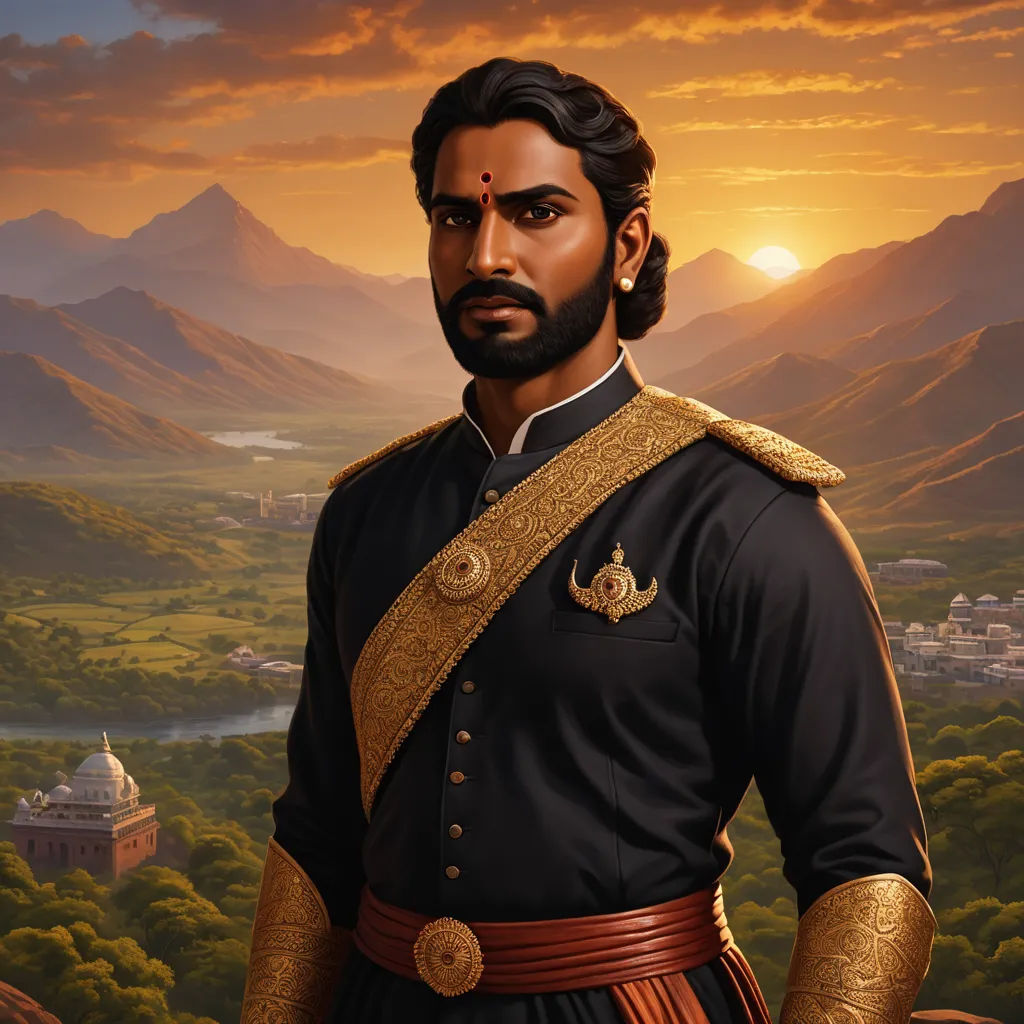
Shivaji's life and achievements continue to inspire millions today. His vision, courage, and leadership qualities are revered not just in Maharashtra, but all over India.
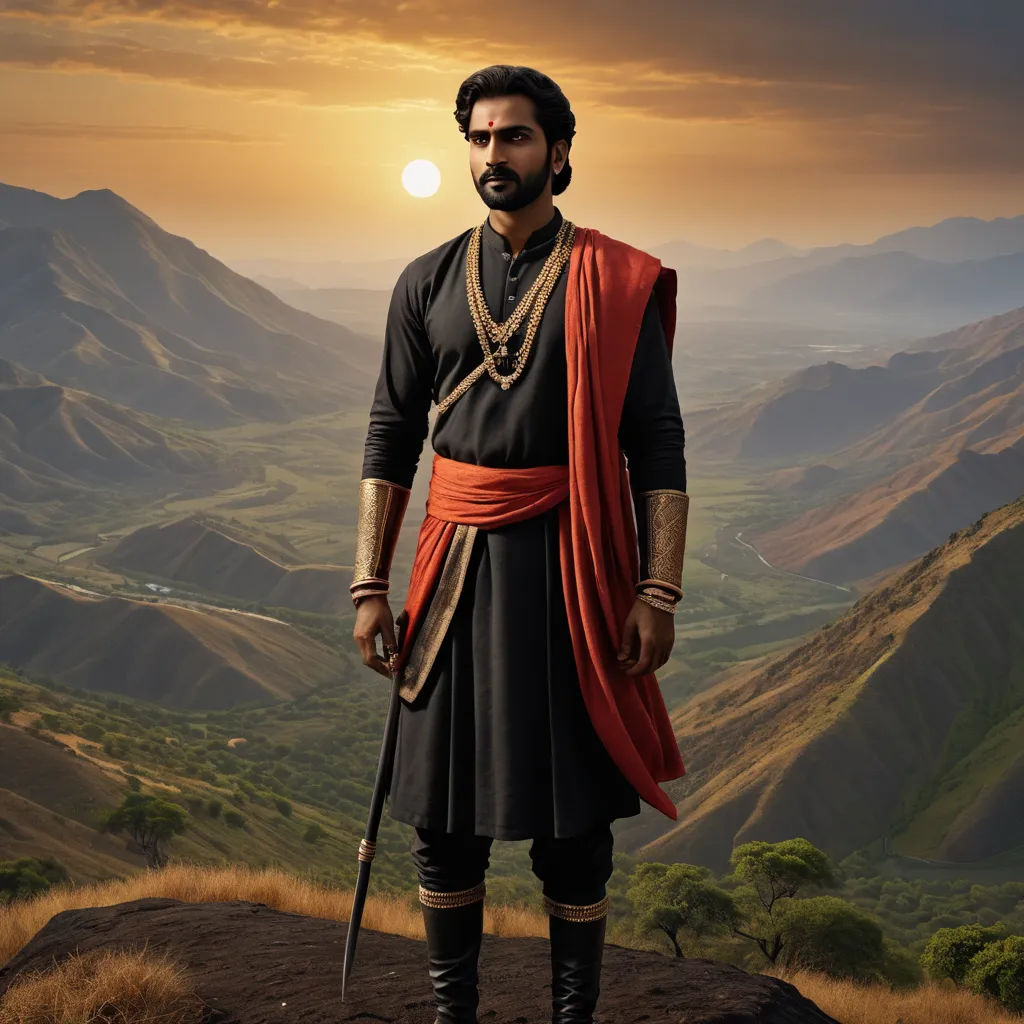
The story of Shivaji is a testament to the indomitable spirit of humanity. It is a reminder that with determination and conviction, one can overcome even the most formidable challenges.
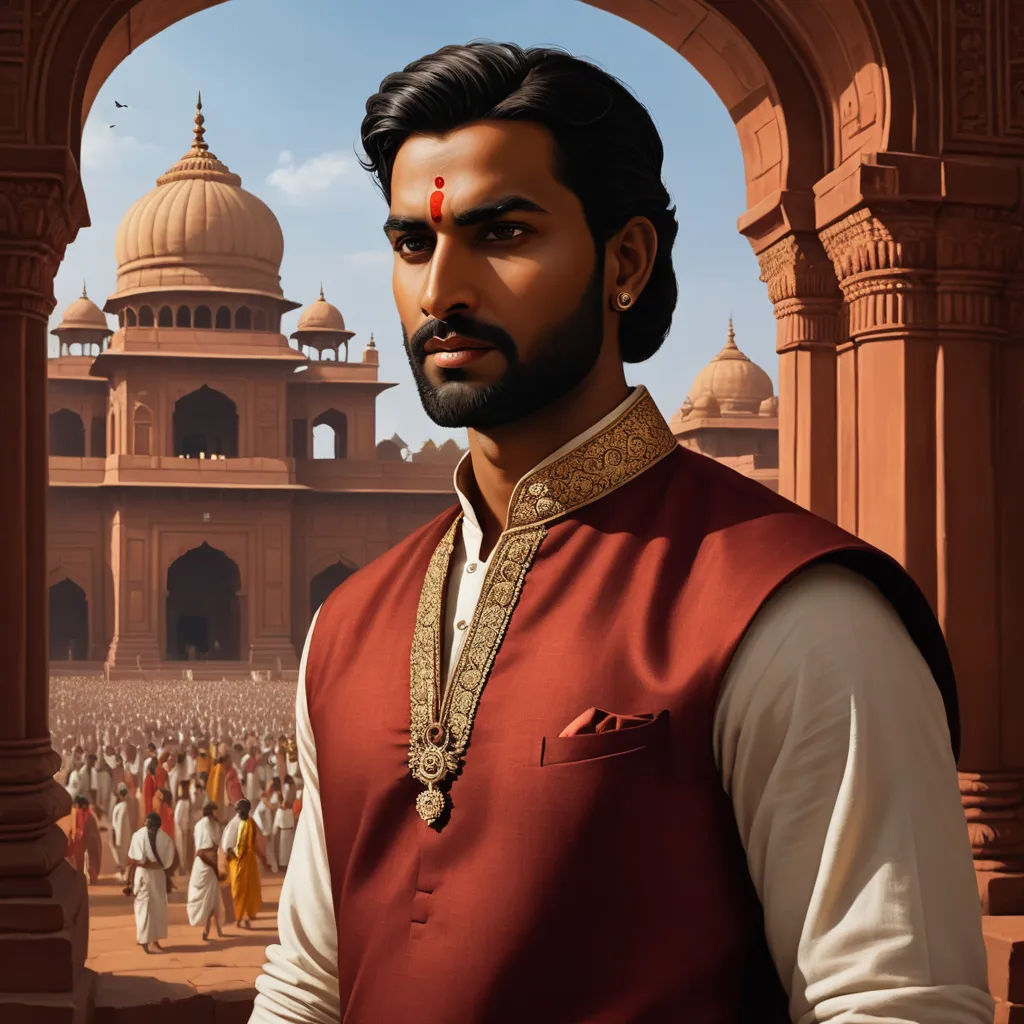
The rise of the Maratha Empire under Shivaji's leadership marked a significant chapter in the history of India. His legacy of valor, wisdom, and tolerance continues to resonate in the hearts of his people.
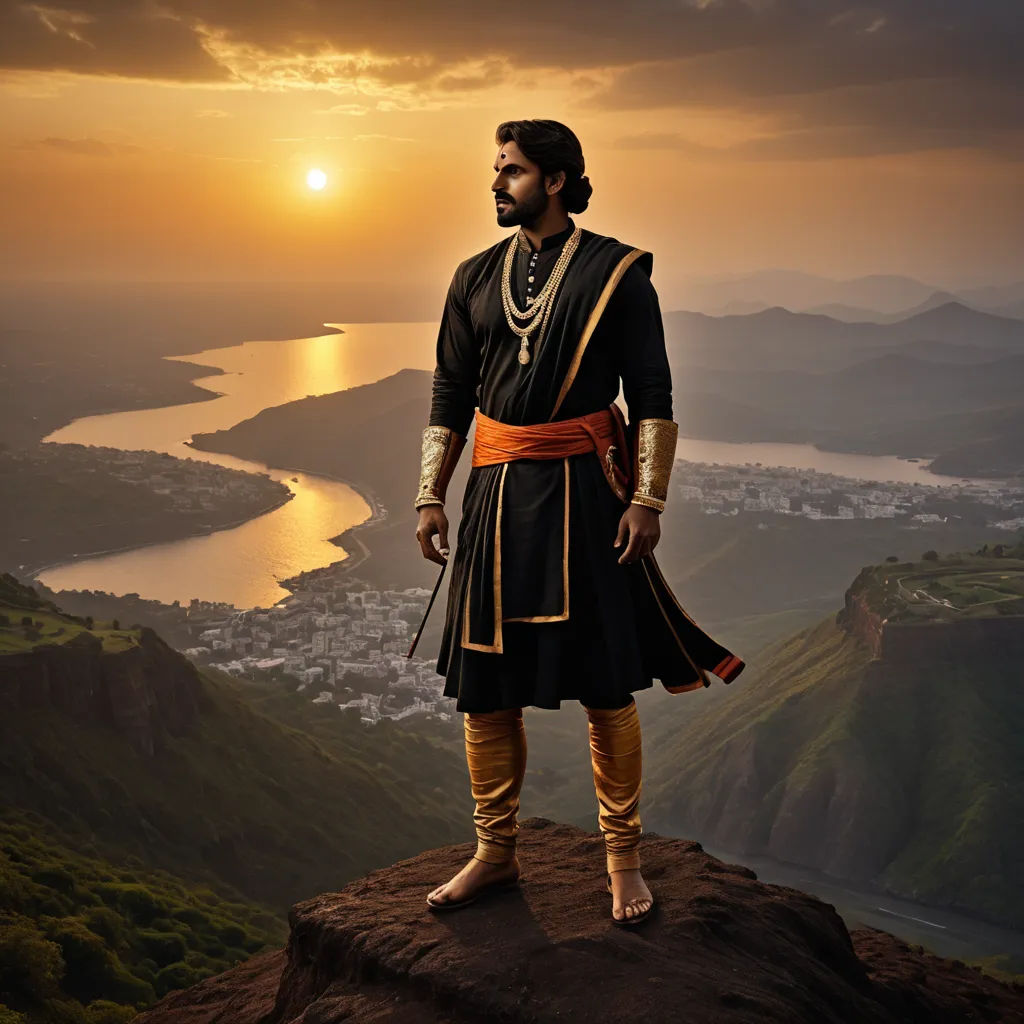
Shivaji's tale is not just a historical account, but a timeless saga of courage and determination. It is a story that will continue to inspire generations to come.